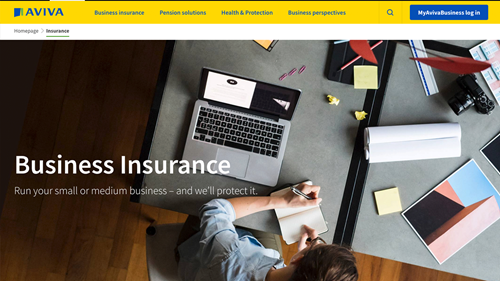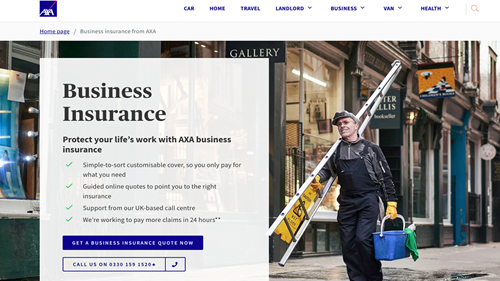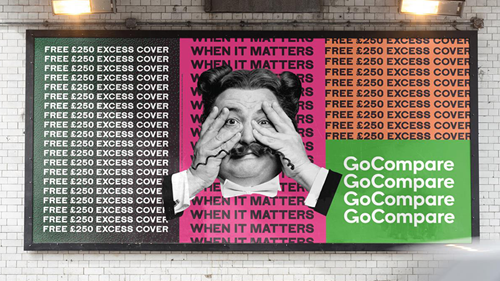
In the B2B world, it’s all too common to see websites and other marketing collateral use stock photography to ‘enhance’ comms.
So what exactly do we mean by this - and what does this have to do with stock photography?
Let’s address this by using a very simple example in the business insurance sector. Below are live examples of different insurance companies’ business insurance landing pages:




Now that we’ve got that covered, here are other strategies you can use to improve your brand creative.
1. Still use stock photography - but make it ownable.
Just to be clear, there’s nothing inherently evil with stock photography. They are cheap, easy to get your hands on, and can fill a gap in certain circumstances. But rather than taking an image at face value, consider what you can do to make it more ownable, more ‘on brand’.
Here’s an example of how we used stock photography in a rebranding project we completed for Peak AI, an AI software company:

In the example above, we isolated specific elements within stock photography, layered this with the new brand palette and positioned them within the geometric forms that form part of the new brand system. When you push the creative of a stock photo like this, you end up with a very different end product - one that is truly ownable.
2 - Consider illustration
We’ve seen lots of B2B brands consider the use of illustration to overcome the issue of stock photography, but it’s no magic bullet. From a creativity stand point, there’s lots to think about if you want to go down the illustration route.


3 - Include typographic elements
Another option that brands should perhaps consider is combining typography to imagery to create a new style. We came across this agency site the other day that this very elegantly.


Going big with typography has been very on-trend of late and when done well, it can create a striking visual impact. But like all trends, some people in the design world think that big typography has jumped the shark since Go Compare’s latest out of home campaign.

4 - DIY photography
It’s also worth reminding you of the possibilities you could attempt with that device you carry everywhere with you- your mobile phone. Like many other agencies, we have pictures of our team on our website and we weren’t so keen on getting a photographer in every quarter to take new staff pictures to make them look consistent. Enter: portrait mode on our iPhones. We now take professional quality pics in our own environment in less than 5 minutes- and we’ve honestly never looked back!




















